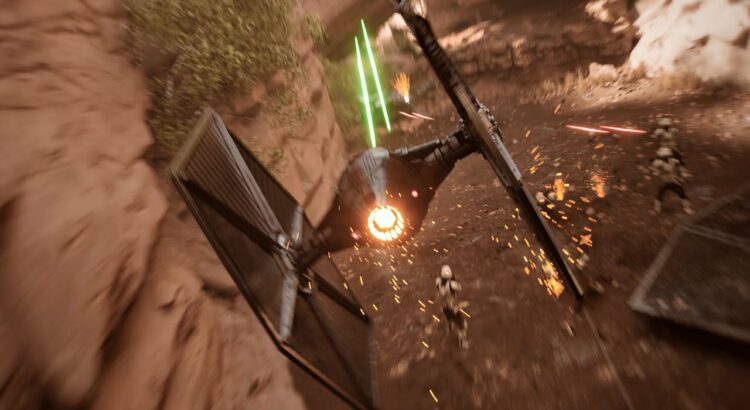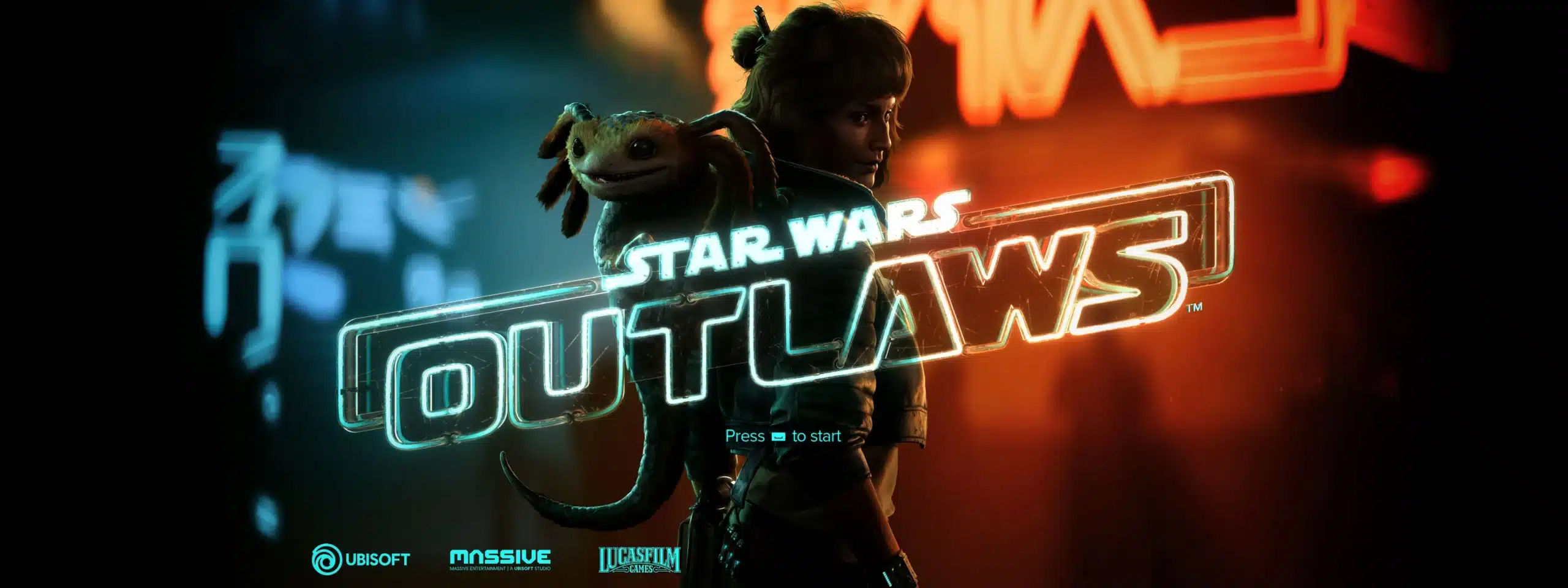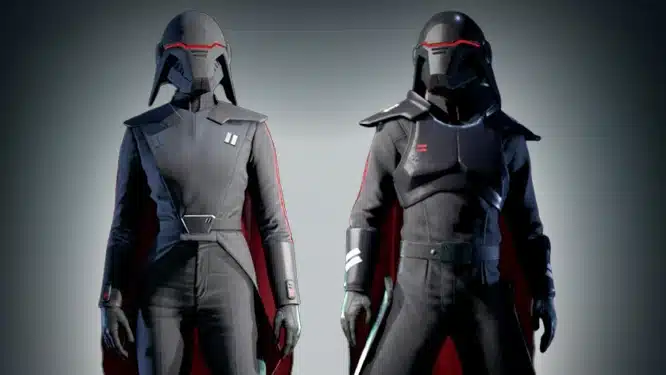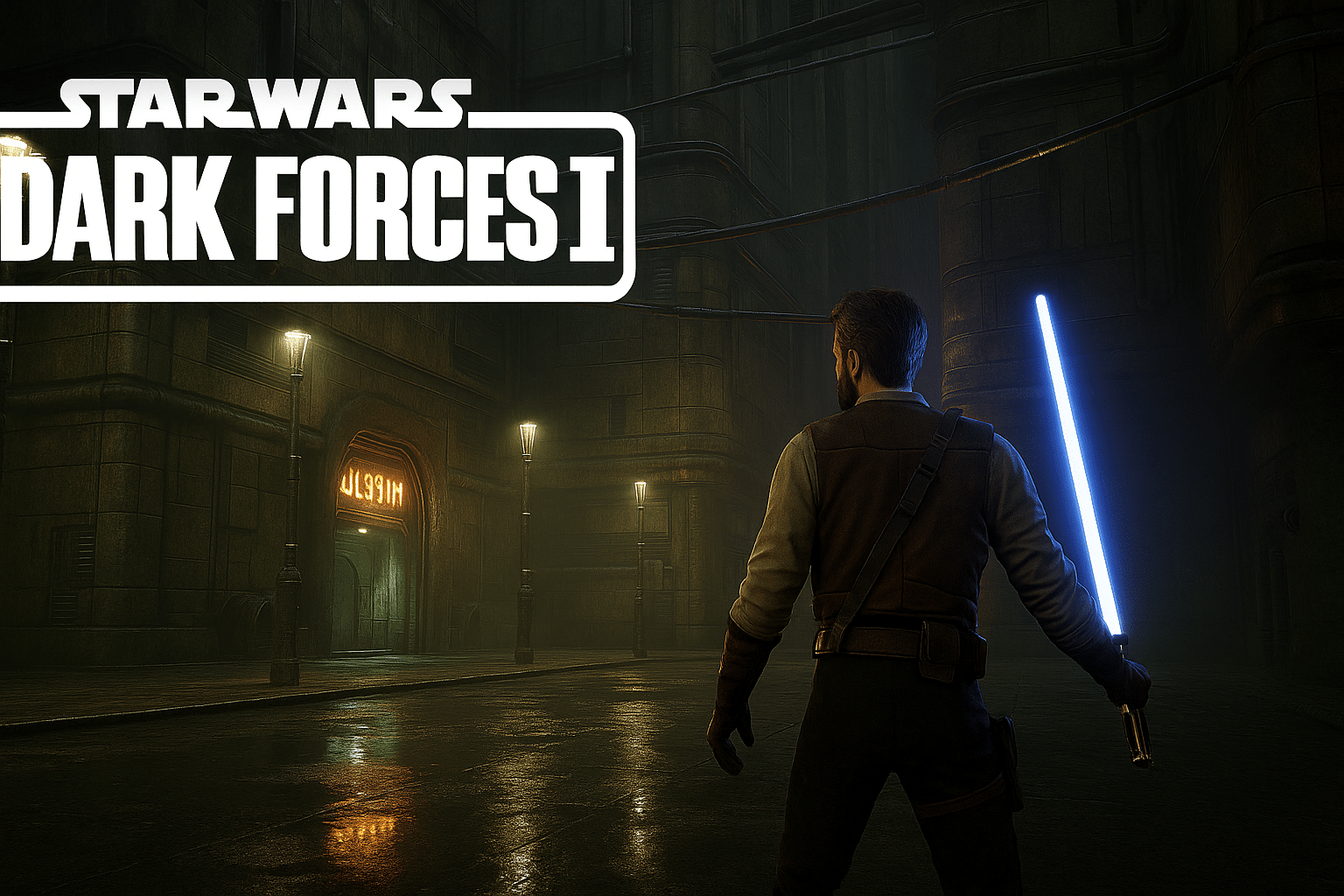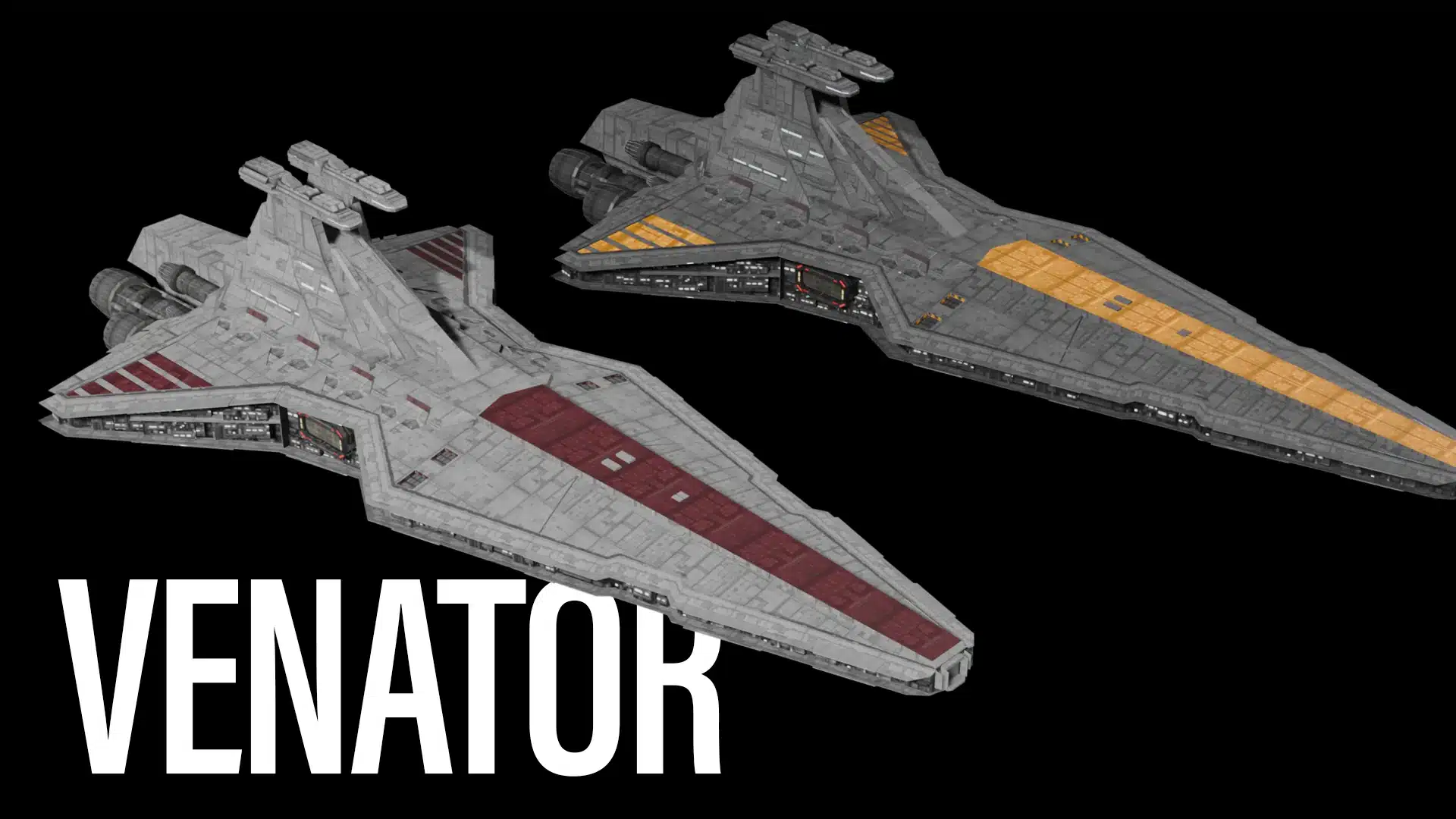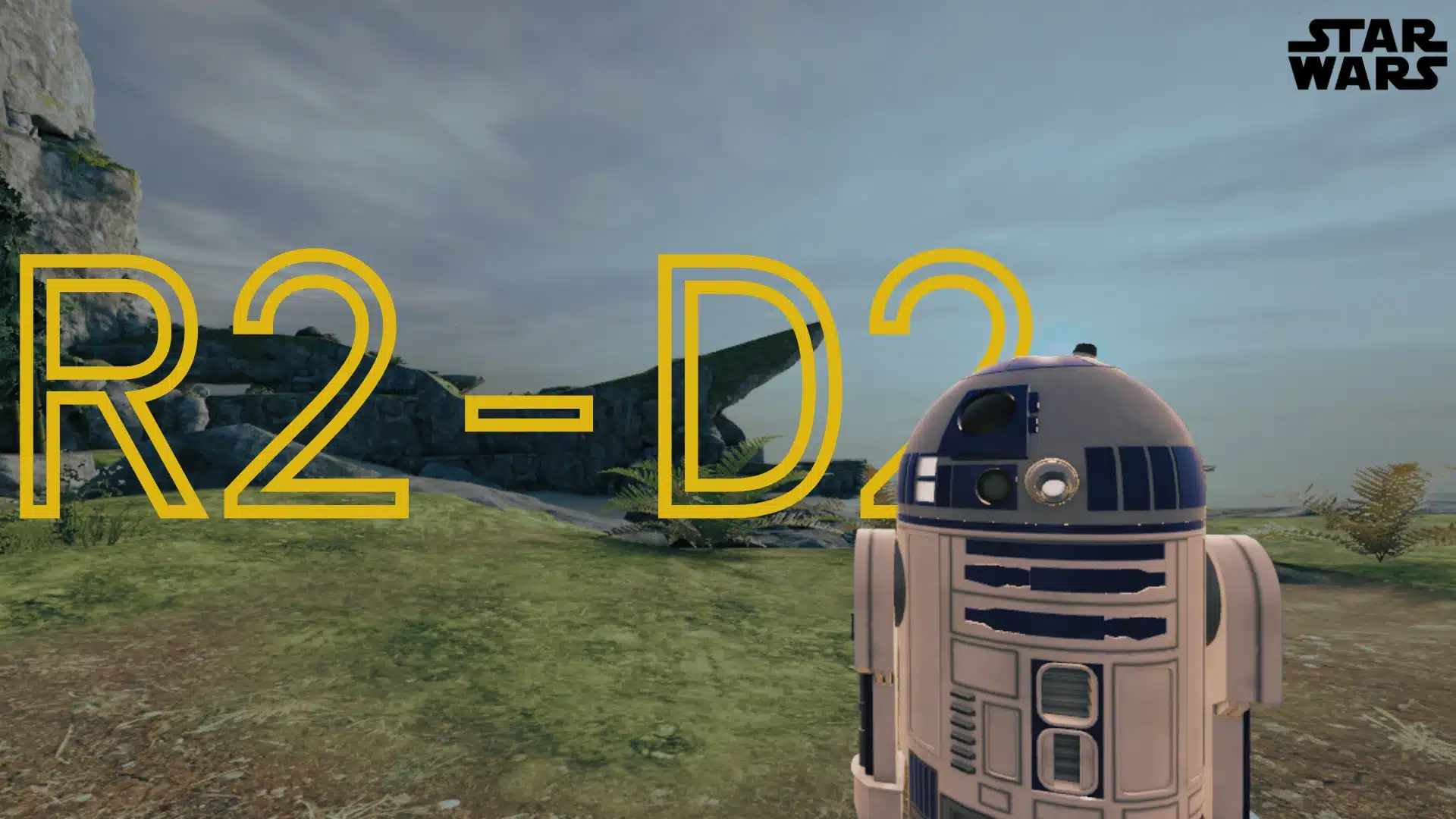Lightsabers? Old news. Space battles? Expected. What’s truly transforming the Star Wars galaxy today isn’t some Force power—it’s Unreal Engine. Yep, the same tech that powers Fortnite, Jedi Survivor, and a thousand modded saber duels is now the backbone of Disney’s real-world Star Wars experiences—and it’s quietly rewriting the rules of filmmaking and theme park design while it’s at it.
Forget green screens and foam backdrops. We’re entering a new era where real-time rendering, interactive environments, and video game engines are powering the galaxy far, far away—in ways that’ll blow the thermal exhaust port off your expectations.
The Rise of Virtual Production: From Game Engine to Movie Magic
Unreal Engine, developed by Epic Games, isn’t just for gamers anymore. In recent years, it’s become the Hollywood go-to for virtual production, most famously through ILM’s StageCraft system—aka “The Volume.” If that rings a bell, it’s because that’s what brought the environments of The Mandalorian, Obi-Wan Kenobi, and Ahsoka to life.
Here’s how it works: instead of filming actors in front of green screens, they’re placed inside massive LED walls that display photo-realistic, real-time 3D environments powered by Unreal Engine. Think of it like a holodeck, only with fewer malfunctions.
The benefits?
- Real-time lighting and reflections that match actor movement
- Improved performances—actors can see their environment
- Faster production timelines, fewer reshoots, and scalable sets
- And let’s be honest—it just looks better than CG pasted in post
For Star Wars, it means believable alien worlds without hopping on a ship to Tunisia or Iceland.
Theme Parks: Building Galaxy’s Edge with Game Tech
Unreal Engine isn’t just changing how Star Wars looks on screen—it’s redefining how you experience it in real life.
Take Star Wars: Galaxy’s Edge at Disneyland and Disney World. While the architecture and props are physical, many of the interactive experiences—especially the groundbreaking “Millennium Falcon: Smugglers Run” and “Rise of the Resistance” rides—rely on Unreal Engine’s rendering power to create dynamic, immersive environments.
The entire Millennium Falcon cockpit sequence? Built in-engine. The space battles you pilot through? Rendered live. This means rides can be updated in real time, customized per experience, and scaled for future expansions—all without dismantling a single animatronic.
The same technology is being applied across other parks too—think Marvel attractions, Avatar worlds, and future Indiana Jones rides. But make no mistake: Star Wars is the blueprint.
Unreal Engine + Star Wars = The Ultimate Esports Crossover?
Okay, stay with us.
If Unreal Engine is already at the center of Star Wars games (Jedi Survivor, Battlefront, Outlaws), TV shows (The Mandalorian), and theme parks (Galaxy’s Edge), what’s stopping it from becoming the central tech in Star Wars esports and interactive gambling experiences?
Imagine:
- Star Wars VR arenas built in UE5
- Real-time lightsaber dueling competitions on streaming platforms
- Casino-style holo-sabacc tables that use real-time 3D character avatars
- Custom character creation for betting-based battles in themed leagues
It’s not a stretch. Unreal’s interoperability and Epic’s metaverse ambitions mean that Star Wars gambling, esports, and streaming culture could evolve inside the same engine that built its digital DNA.
And let’s be honest—if you could place credits on who wins a Mandalorian jetpack deathmatch in a virtual arena, you probably would.
Beyond Star Wars: What This Means for the Future of Storytelling
Unreal Engine isn’t just enhancing Star Wars—it’s shaping the way stories are told. From Marvel movies to original sci-fi productions, more studios are using UE5 to:
- Previsualize entire scenes in-engine
- Create AI-powered background characters
- Build virtual sets for scenes that evolve with each take
- Merge real-world and digital storytelling like never before
This convergence of gaming tech and cinematic storytelling is where everything’s headed. Star Wars is just ahead of the curve—as usual.
Conclusion: Unreal Engine Is the New Force Behind the Galaxy
While Jedi swing sabers and smugglers dodge blaster fire, the real MVP behind the curtain is Unreal Engine. Whether it’s powering The Mandalorian’s landscapes, immersing visitors inside Millennium Falcon cockpits, or hinting at the future of esports and interactive media, Unreal Engine is no longer just a game dev tool—it’s the future of Star Wars.
And probably the next 20 years of entertainment.
Stay connected with the galaxy’s latest updates!
Follow us on X, Facebook, Instagram, or Pinterest for exclusive content, mod guides, Star Wars gaming news, and more. Your support helps keep the Holonet alive—one click at a time!


